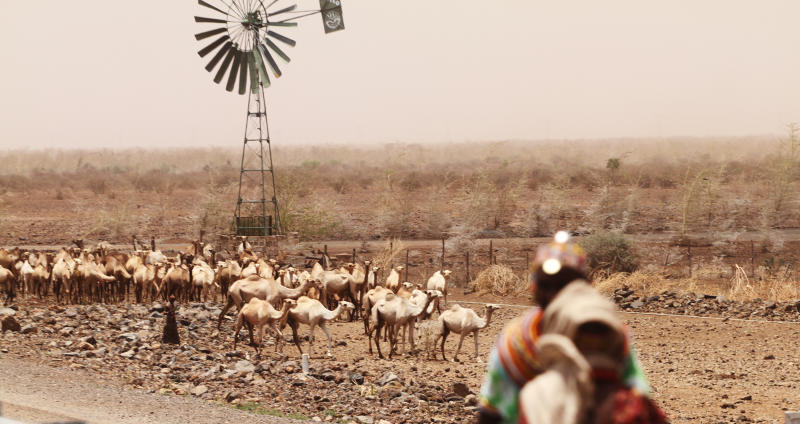
The report is not opposed to equitable rapid growth in poor countries as long as it avoids the destruction of nature in net terms. [Elvis [Ogina, Standard]
A few days ago, Bill Gates warned that the looming climate change disaster will exceed Covid-19, and Africa will suffer disproportionately from it. Because it originated from a zoonotic pathogen, one that crossed from animals to humans, the Covid-19 tragedy has sparked renewed interest on how the damage we have wrought our natural heritage in the quest for economic growth has blown up in our faces.